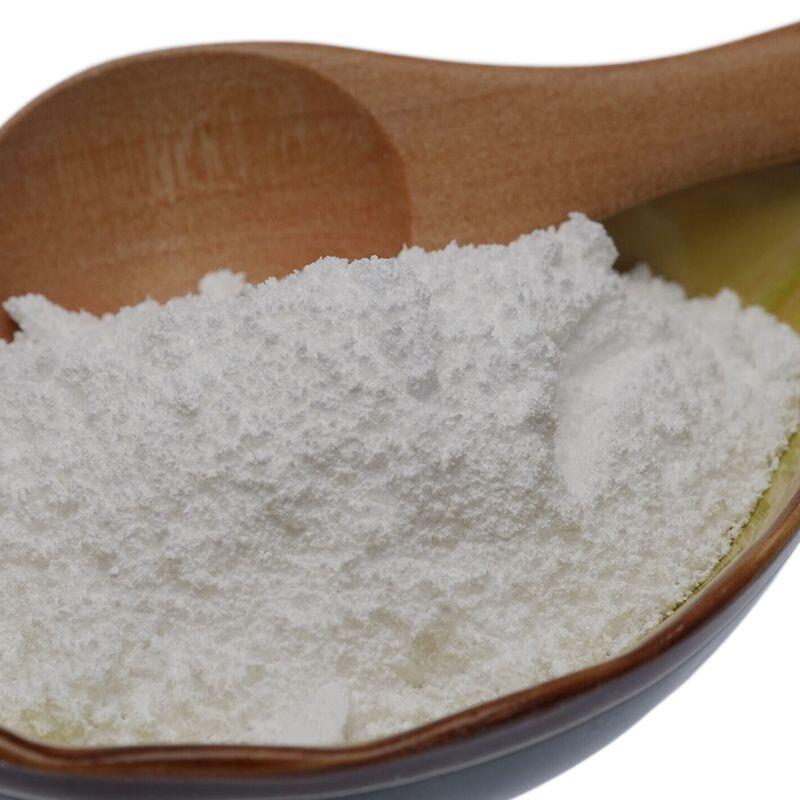-
Categories
-
Pharmaceutical Intermediates
-
Active Pharmaceutical Ingredients
-
Food Additives
- Industrial Coatings
- Agrochemicals
- Dyes and Pigments
- Surfactant
- Flavors and Fragrances
- Chemical Reagents
- Catalyst and Auxiliary
- Natural Products
- Inorganic Chemistry
-
Organic Chemistry
-
Biochemical Engineering
- Analytical Chemistry
-
Cosmetic Ingredient
- Water Treatment Chemical
-
Pharmaceutical Intermediates
Promotion
ECHEMI Mall
Wholesale
Weekly Price
Exhibition
News
-
Trade Service
China Kexing Holdings said on Tuesday that as of May 31, Kexing Holdings has supplied more than 600 million doses of the new crown vaccine to China and nearly 40 countries and regions around the world, and the global inoculation of Kexing vaccine (Kierlafor®) exceeds 430 million.
According to the Wall Street Journal, WHO is weighing whether to approve the second Chinese new crown vaccine under international pressure to help distribute more vaccines to poor countries.
The WHO emergency use list can further facilitate the global distribution of vaccines.
Kexing Holdings did not specify how many doses of vaccine it will contribute to Covax.
Western drugmakers such as AstraZeneca, Johnson & Johnson, and Pfizer are more familiar with the agency’s qualification process, and their vaccines have been approved for use by Covax.
WSJ
WSJIn 2017, the World Health Organization approved the hepatitis A vaccine developed by Kexing for global use, but the company was relatively small before the pandemic, and sales in 2020 increased by slightly more than US$246 million in 2019.
The relevant clinical trials and real-world research of Kexing's new crown vaccine are still continuing.
, The World Health Organization listed another vaccine made in China developed by Sinopharm Beijing as an emergency use.
According to a press release provided by the company, the Sao Paulo State Government of Brazil announced the results of a study on the use of Coxing's new crown vaccine conducted in a small town in southeastern Brazil.
The government of the State of Sao Paulo in Brazil announced the results of a study on the effectiveness of the Coxing new crown vaccine conducted in a small town in southeastern Brazil.
Phase III clinical studies conducted in Brazil and Turkey respectively evaluated the protective efficacy of Kellyf® in high-risk groups (medical staff receiving COVID-19 patients) and the general population.
As of December 16, 2020, a total of 12,396 subjects were enrolled in the Brazilian study of medical staff aged 18 and over, and 253 effective cases were obtained during the monitoring period.
The Brazilian study of medical staff aged 18 and above enrolled 12,396 subjects and obtained 253 valid cases during the monitoring period.
Among them, 1322 subjects completed two doses of vaccination and entered the 14-day observation period after the second dose of vaccination.
After two doses of the vaccine, the antibody production rate was 95.
On May 17, the Chilean Ministry of Health updated the protective effect of the Chinese Coxing New Crown vaccine in the country’s "real world study", showing that the vaccine has an effective rate of 65.
3% in preventing symptomatic infections 14 days after the second dose.
The effective rate of preventing hospitalization was 87%, the effective rate of preventing severe illness was 90.
3%, and the effective rate of preventing death caused by infection was 86%.
On May 17, the Chilean Ministry of Health updated the protective effect of the Chinese Coxing New Crown vaccine in the country’s "real world study", showing that the vaccine has an effective rate of 65.
3% in preventing symptomatic infections 14 days after the second dose.
The effective rate of preventing hospitalization was 87%, the effective rate of preventing severe illness was 90.
3%, and the effective rate of preventing death caused by infection was 86%.
Leave a message here







